By 2025, online retail sales should increase to $1.3 trillion, up from $875 billion in 2022. This rise in ecommerce sales leads to major shifts in the warehousing industry. Because ecommerce operates differently from traditional brick-and-mortar retail stores, warehouses that support online businesses must also adapt. Faster delivery times and smaller orders make ecommerce warehouses different from those that serve major retail stores. Ecommerce warehousing solutions today must rise to meet the needs of a growing number of online sellers with options that include small warehouse spaces and flexible use.
What Is eCommerce Warehousing?
Warehousing for ecommerce gives online sellers storage space and room to organize and ship their goods.
History of Warehousing and Status of the Industry Today
Warehouses have dotted the landscape of cities for millennia, storing grain, dry goods, produce, and other goods. In the 19th century, major rivers and rail lines were the prime locations for wholesale warehouses that took local agricultural products and distributed them via rail or river to major cities around the country. The areas around warehouses also grew to meet the needs of those who used the storage facilities.
Warehouses have long played roles in defining their neighborhoods. These facilities fostered the growth of various businesses within the area. For instance, banks, hotels, and restaurants appeared near warehouses to provide services to warehouse employees and traveling salesmen. To appeal to consumers, warehouses also used attractive architectural styles that often appeared in advertising. Using these structures in ads showed the business’s strength and stability, ensuring customers that the business operations would be as stable as the sturdy construction of its warehouse.
For years, large companies could afford to own, operate, and maintain warehouses. However, with numerous small businesses online in need of locations around the country to ship their goods from, the demand for warehouses to provide smaller spaces and more flexible options has emerged.
Today, there are several types of warehouses that cater to small businesses that have online or offline sales. WareSpace has flexible space sizes, for instance, and offer new ecommerce business owners small warehouse space to securely store their products instead of in their homes or garages.
As businesses that need warehouses increase, the warehousing industry will also grow. In a 2022 report from Research and Markets, researchers predict the warehouse industry will have a compound annual growth rate (CAGR) of 4.9% from 2022 through 2027. Its value will grow from $451.9 billion in 2021 to $605.6 billion in 2027.
How Does eCommerce Impact the Future of Warehousing?
Ecommerce will not only impact the availability of smaller spaces. It will also affect how businesses design and use warehouse spaces.
Design Warehouses for New Technologies
Modern warehouses will need to use more technology within their operations to reduce mistakes and speed up product storage, retrieval, and shipping. Warehouses need precise organization to allow for employees to quickly find products and know when to reorder. A warehouse management system (WMS) connected to scanners can track inventory in the facility. However, to accommodate real-time updates, the warehouse will need wifi throughout for the scanning equipment to connect to the WMS. Plus, some facilities may need more electrical outlets for charging tools and electronics.
The goal of a modern warehouse design is storing more products in less space. Plus, today’s ecommerce businesses must know what inventory they have on hand at a moment’s notice to keep their unsold inventory and overhead at a minimum while having enough to fulfill orders. This delicate balance is possible with the help of warehousing technology and facilities that can accommodate them.
Automation
Ecommerce warehousing solutions need to have space for automating various facility functions. Whether that automation is a heating and cooling system set on a timer, a WMS that automates ordering, conveyor belts, or automated storage and retrieval systems (AS/RS), the facility should meet the needs of the business using it.
Smaller ecommerce businesses may not have the funds to invest in multiple automated processes. However, small changes, such as conveyor belts to save on walking or motion-activated lights to save on energy bills can still give the businesses that use them an edge against competitors and allow for future growth.
Automating basic processes saves time and reduces costly errors. For instance, automated operations reduce warehouse employee strain, which can help to keep them happier. By cutting worker strain, reducing time, and preventing errors, automation allows small companies to have the time needed to meet customer needs and grow.
Strategic Location
According to Statista, 57% of e-commerce shoppers want fast shipping when selecting a delivery option. This value only comes in second to free shipping, which 69.2% of shoppers look for. To meet the demand for fast shipping, ecommerce sellers need to have their warehouses located near their buyers. Closer warehouses shorten shipping times and help to bolster customer satisfaction.
The Future of Warehouses
The future of warehouses lies in growth and catering to the needs of ecommerce businesses. Various ecommerce warehousing companies will present various solutions. At WareSpace, you can find a variety of small space options, free wifi, on-site security, and the ability to use your warehouse space as an office. Few other warehousing companies can provide these perks. Learn more about our options for ecommerce businesses of all sizes at WareSpace.
Your Space Is Ready
Your space is ready. Is your business prepared to make the move to a small warehouse space? Book a tour today!
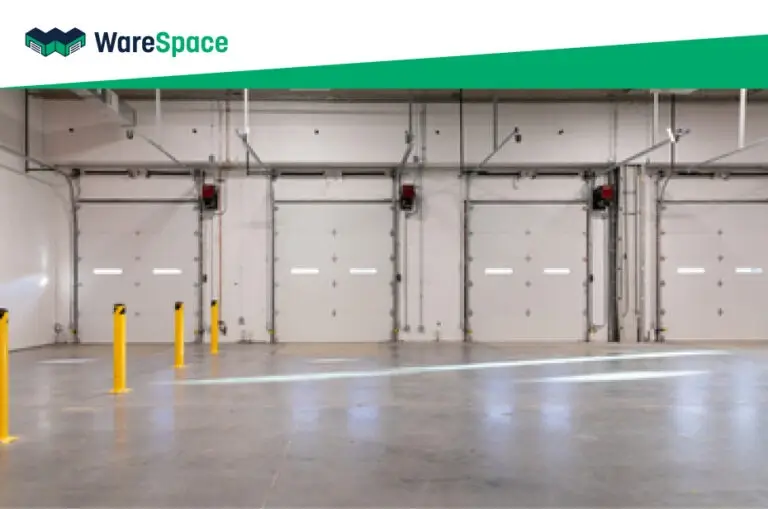
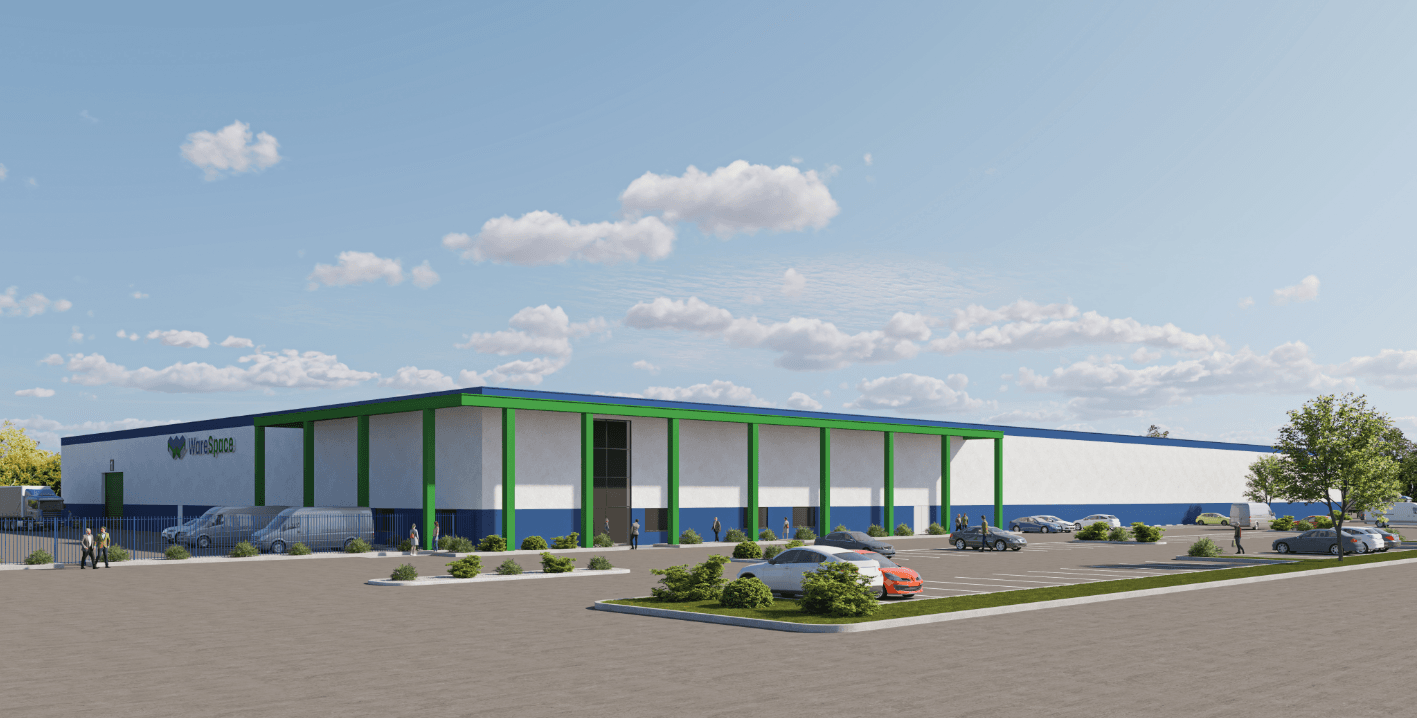
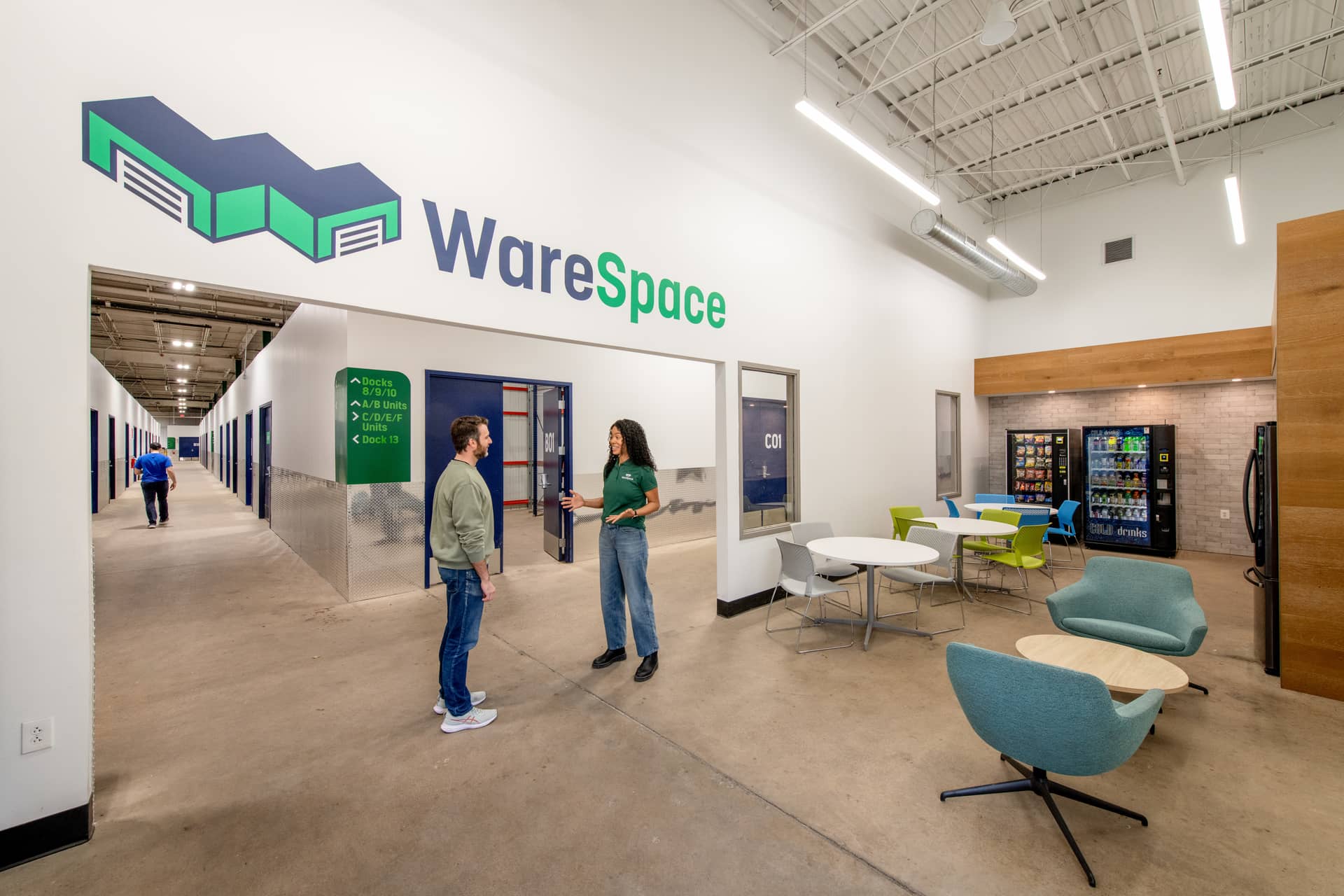

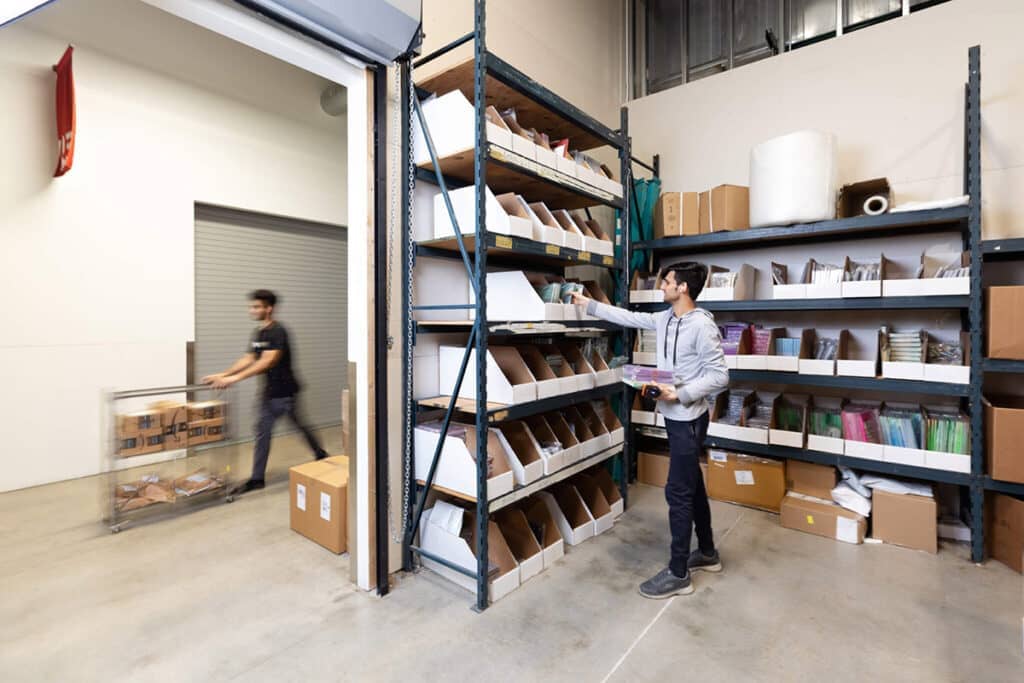
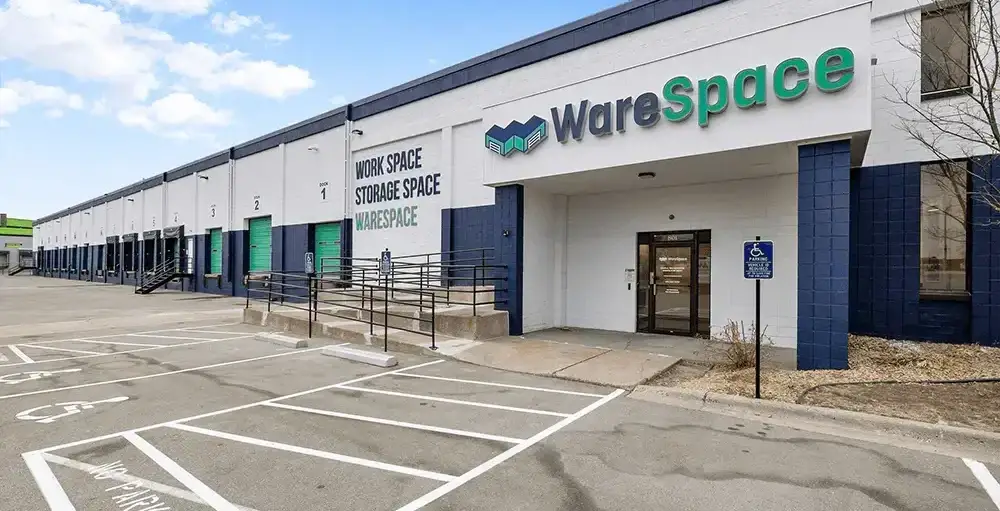
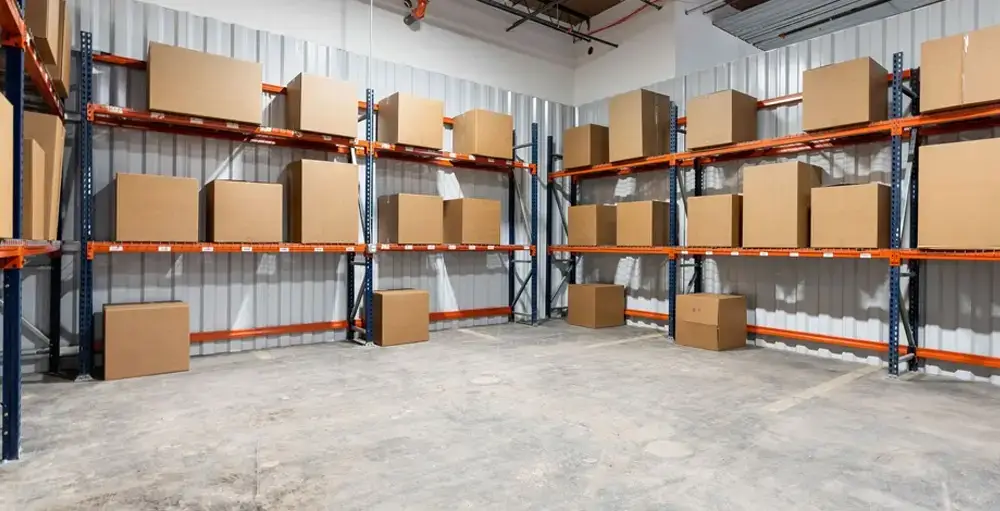
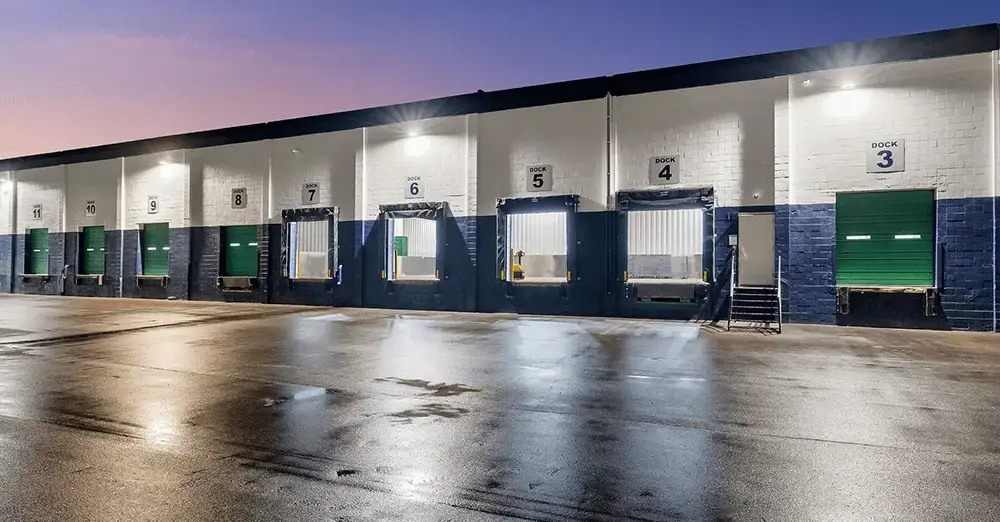
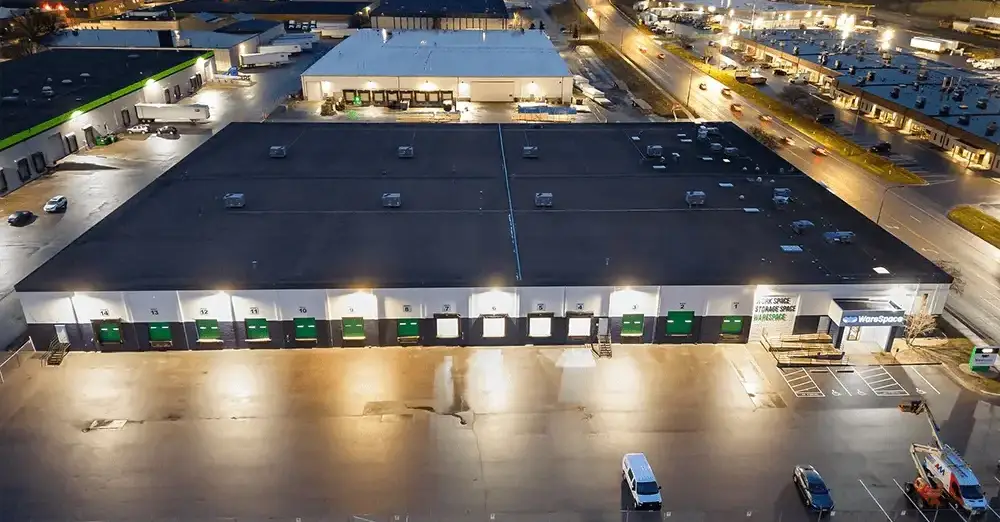











 ►
Explore 3D Space
►
Explore 3D Space